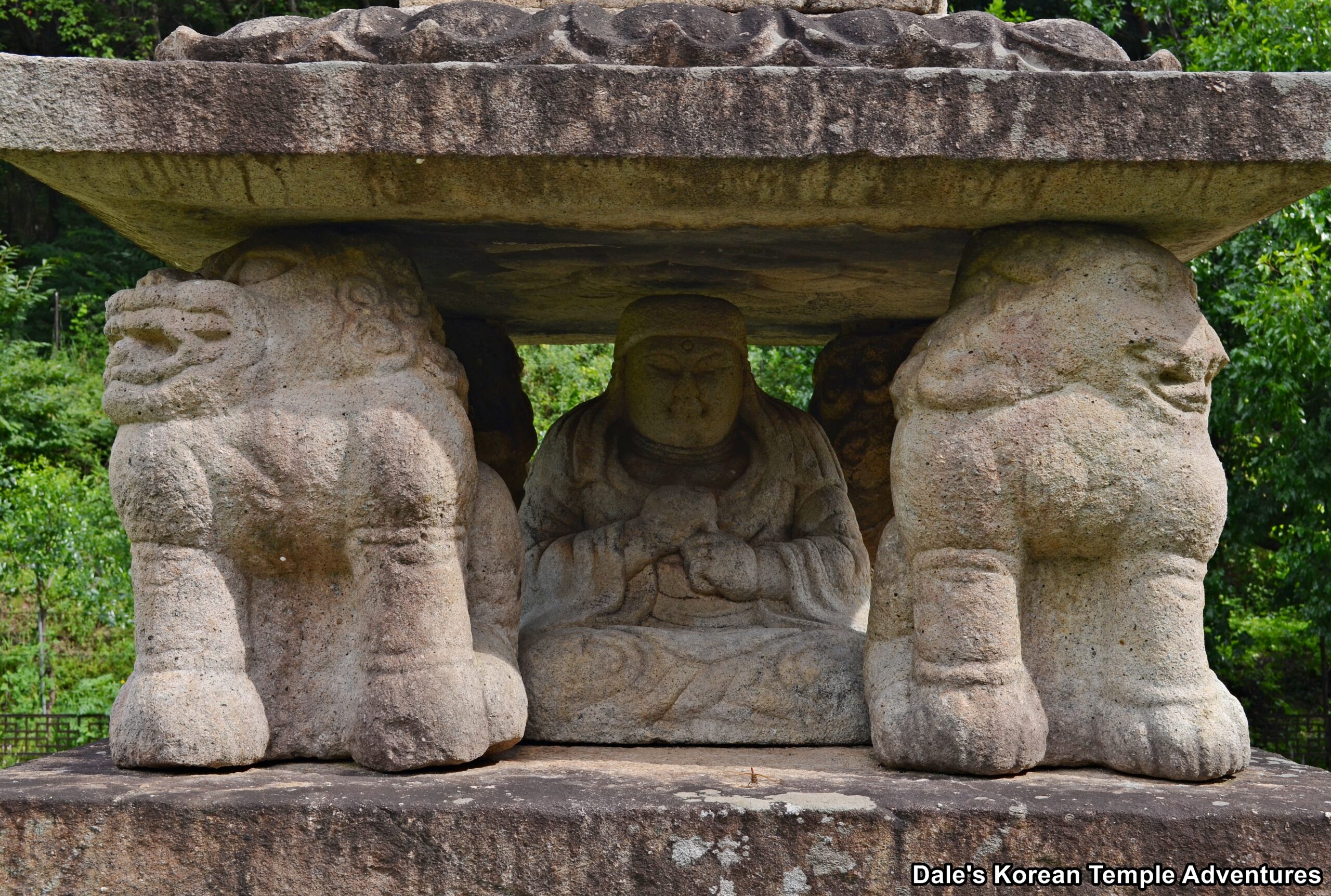
Pagoda History
The “Four Lion Nine-Story Stone Pagoda at Sajabinsinsa Temple Site” is located in the southern foothills of Mt. Malmoesan (688.6 m) and along Dongsan Valley near a river in Jecheon, Chungcheongbuk-do. According to the inscription on the base, the pagoda was first erected in 1022 in the early part of the Goryeo Dynasty (918-1392). Additionally, the pagoda is located on the former Binsinsa-ji Temple Site. The pagoda was originally built to help prevent another invasion by the Khitan. In total, there had already been three invasions that took place in 993 A.D., 1010, and 1018-1019 during the Goryeo–Khitan War. So it’s rather obvious why Goryeo would do anything and everything to prevent another destructive incursion by the Khitan.
The “Four Lion Nine-Story Stone Pagoda at Sajabinsinsa Temple Site” is Korean Treasure #94; and if it could be argued that a Korean Treasure should be a National Treasure, it’s probably this pagoda.
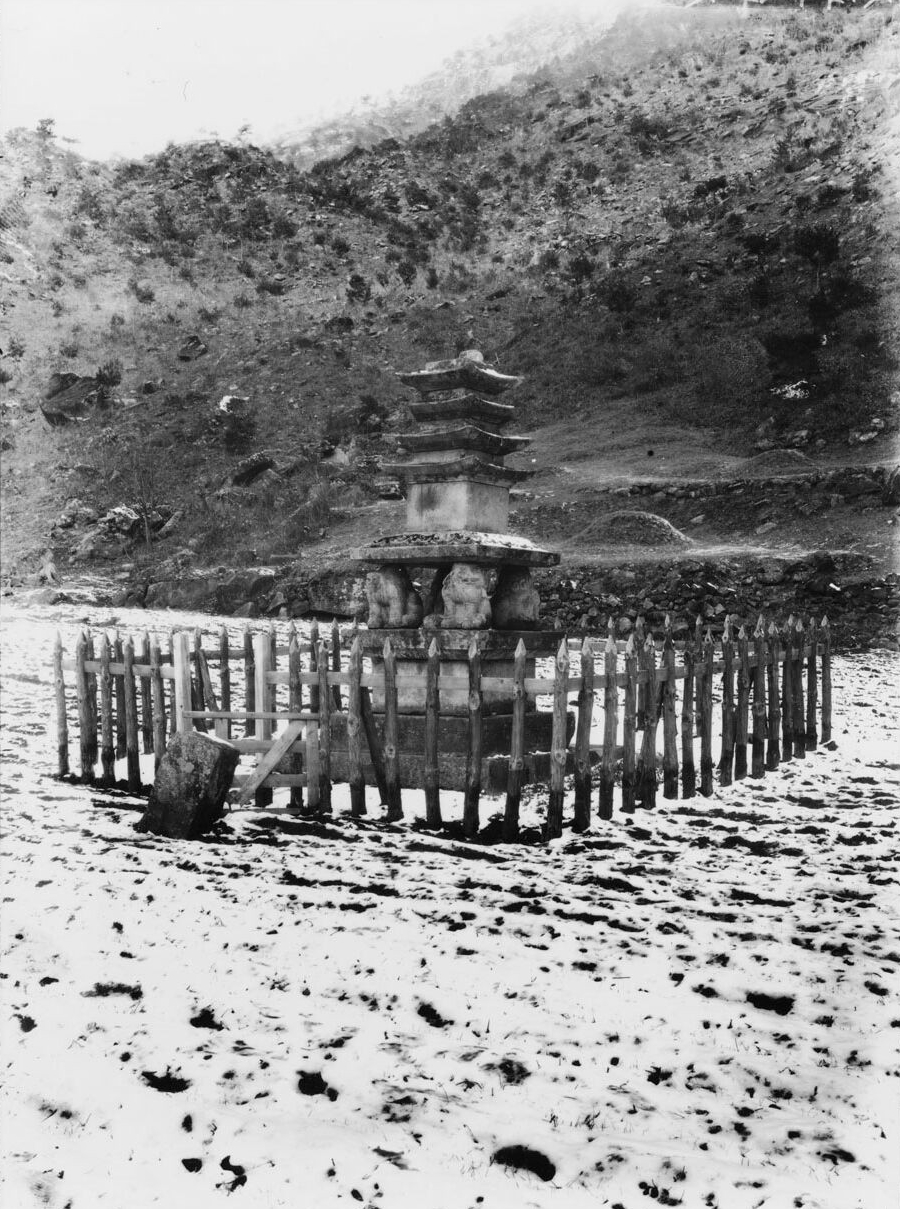
Pagoda Design
You first approach the pagoda up a set of uneven stone stairs. The “Four Lion Nine-Story Stone Pagoda at Sajabinsinsa Temple Site” is located in a clearing next to country homes. This pagoda, at least a first glance, looks similar to the “Four Lion Three-Story Stone Pagoda of Hwaeomsa Temple.” However, the pagoda at Hwaeomsa Temple is significantly larger in size than this one. While Hwaeomsa Temple pagoda stands 7.1 metres in height, this pagoda is 4.5 metres in height. Another key difference is that the “Four Lion Three-Story Stone Pagoda of Hwaeomsa Temple” dates back to the seventh to mid-eighth century, while the “Four Lion Nine-Story Stone Pagoda at Sajabinsinsa Temple Site” dates back to 1022.
Overall, the “Four Lion Nine-Story Stone Pagoda at Sajabinsinsa Temple Site” consists of a base, a four-story main body supported by four lions, and a roof stone. The base of the pagoda is comprised of three distinct stones. The lowest part of the pagoda is a foundation stone. Above this is a smaller square stone with carvings of lotus flowers on it (three each on the four sides of the pagoda). And above this stone is an even smaller stone with an inscription on it. This inscription indicates when and why the pagoda was initially made.
Above these base stones is the most unique feature of the pagoda: the four lions that support the weight of the upper portion of the pagoda. The four lions are meant to represent the four human emotions of anger, joy, sorrow and love. The four lions are far more compact than the rather elongated images of the “Four Lion Three-Story Stone Pagoda of Hwaeomsa Temple.” All four at the Jecheon pagoda are well preserved. And at the centre of the pagoda, instead of a monkish-figure like at Hwaeomsa, the central image to the “Four Lion Nine-Story Stone Pagoda at Sajabinsinsa Temple Site” is Birojana-bul (The Buddha of Cosmic Energy). Like the lions, the image of Birojana-bul is compact and a little chubby. The statue of Birojana-bul presents the “Wisdom Fist” mudra (ritualized hand gesture). And above the image of Birojana-bul is a beautiful stone relief of a lotus flower.
A single flat square rests atop the heads of the four lions. And above this thin flat stone are four body stones. Originally, the pagoda stood nine stories in height, but the centuries have removed five of these stories. In addition, the finial to the pagoda is long gone.
How To Get There
The “Four Lion Nine-Story Stone Pagoda at Sajabinsinsa Temple Site” is located in one of the more remote parts of Korea. As a result, the best way to get to the pagoda is by car. But if you don’t own your own car, taxi is the next best choice over a two and a half bus ride; however, the taxi ride isn’t cheap. From the Chungju Bus Terminal, to get to the “Four Lion Nine-Story Stone Pagoda at Sajabinsinsa Temple Site,” it’ll cost you 40,000 won (one way) over 33 km.
Overall Rating: 4/10
The pagoda is a wonderful example of Korean Buddhist artistry in the same tradition of pagodas as those found at Hwaeomsa Temple and the “Four Lion Three-Story Stone Pagoda in Gwaeseok-ri.” While not as grand as the one found at Hwaeomsa Temple, the “Four Lion Nine-Story Stone Pagoda at Sajabinsinsa Temple Site” is wonderfully preserved. In addition, it has a rather surprising statue of Birojana-bul at the heart of the pagoda. The lions are fierce and the location is beautiful.
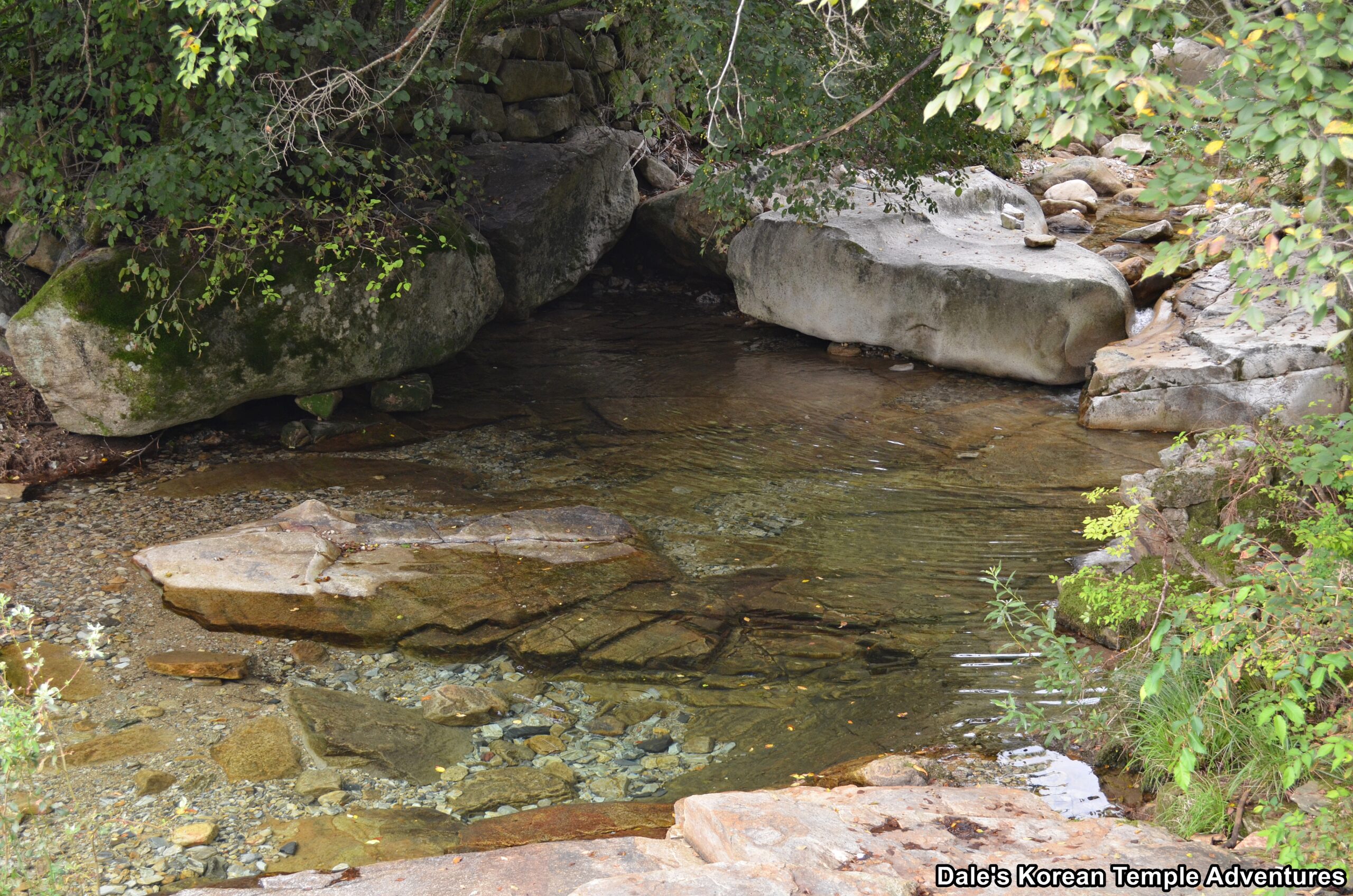
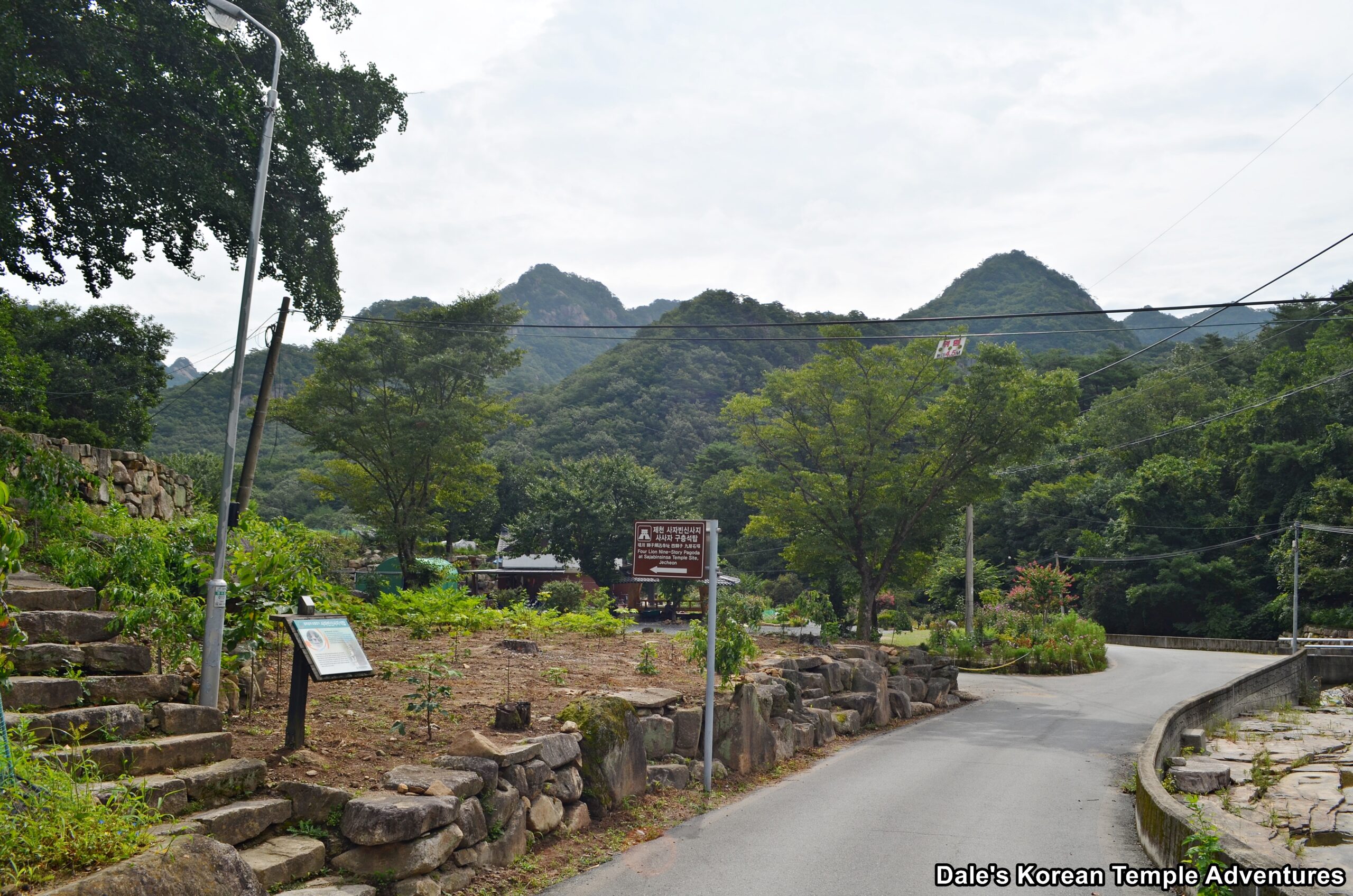

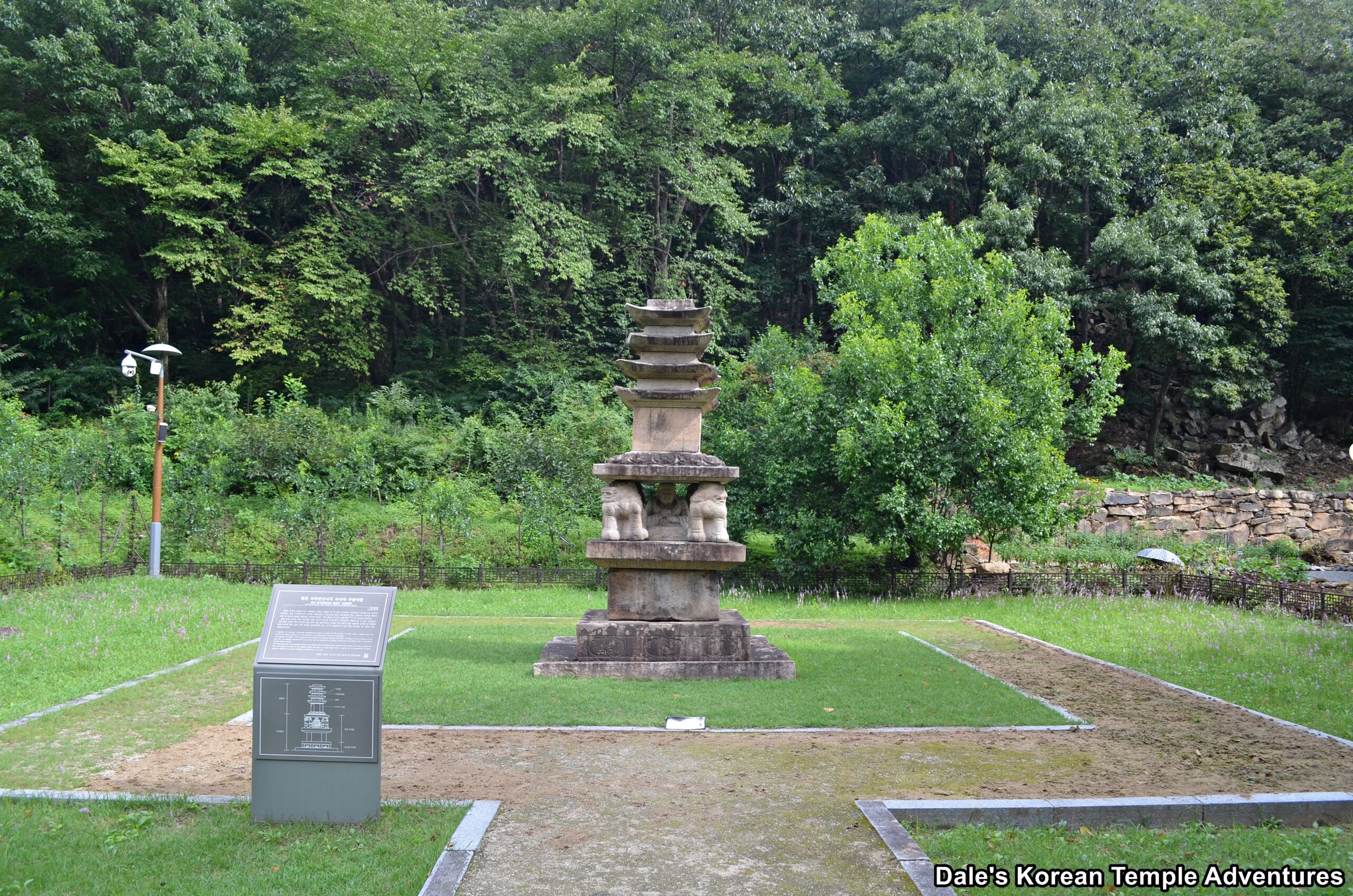
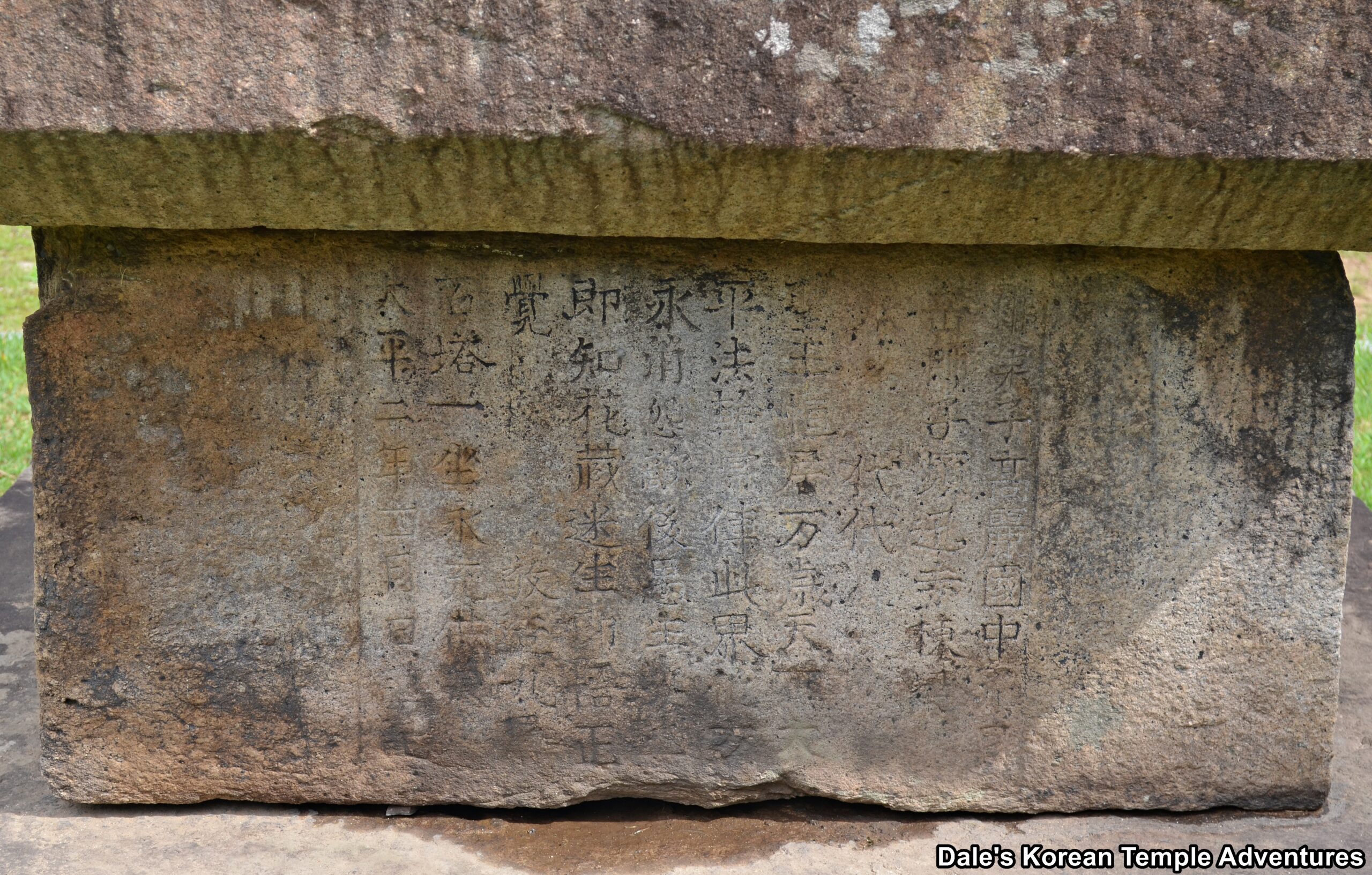
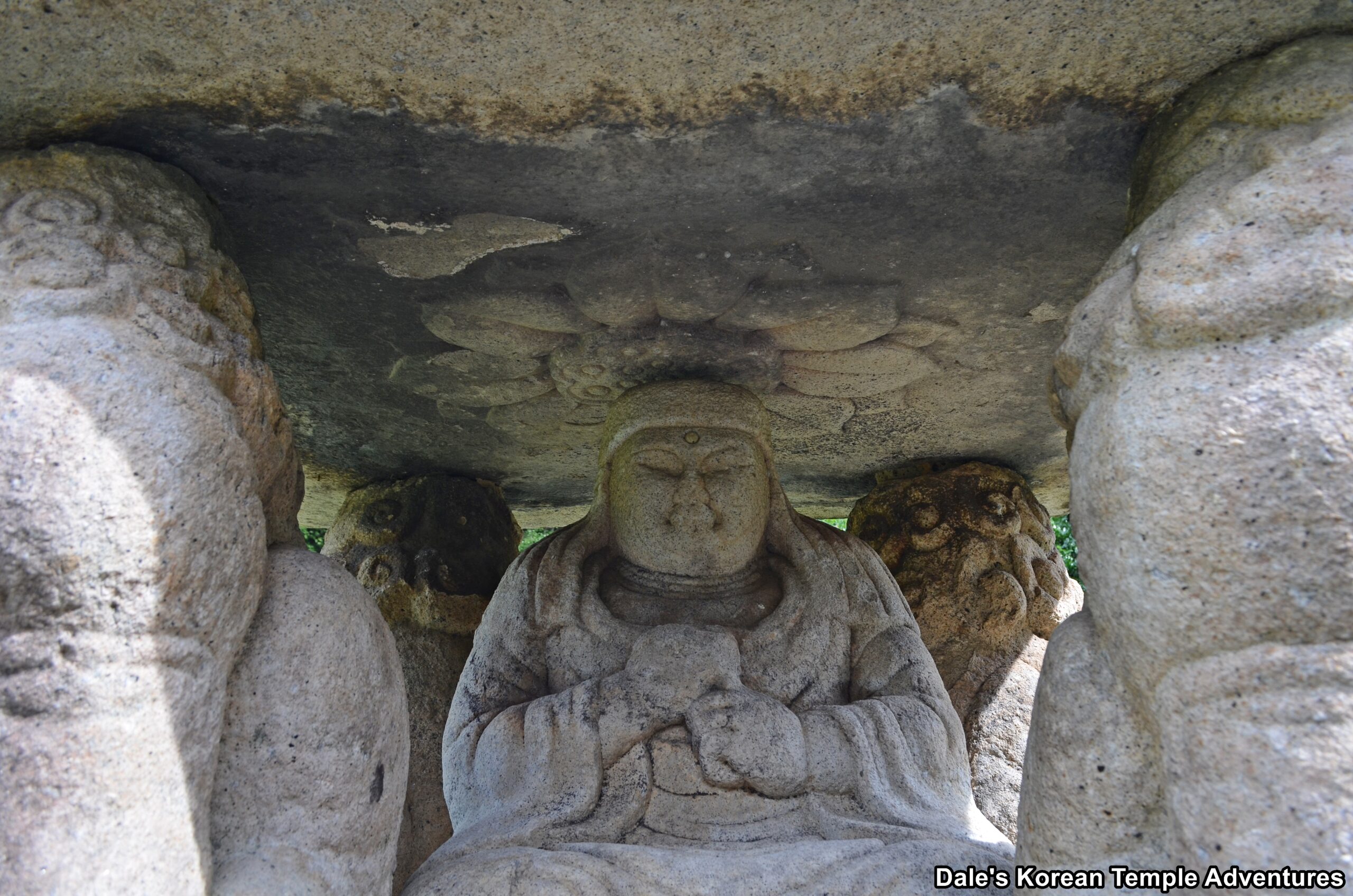
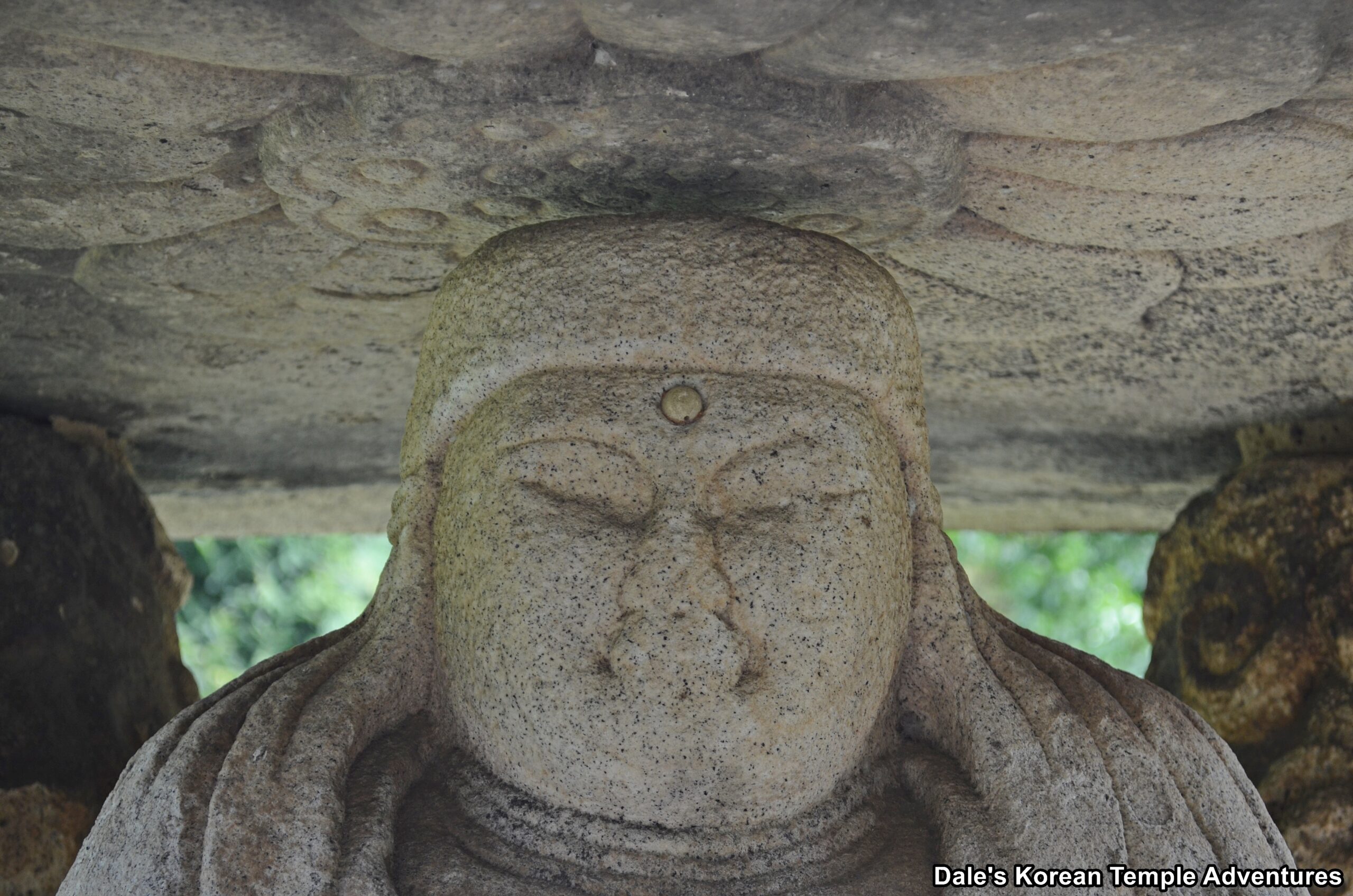
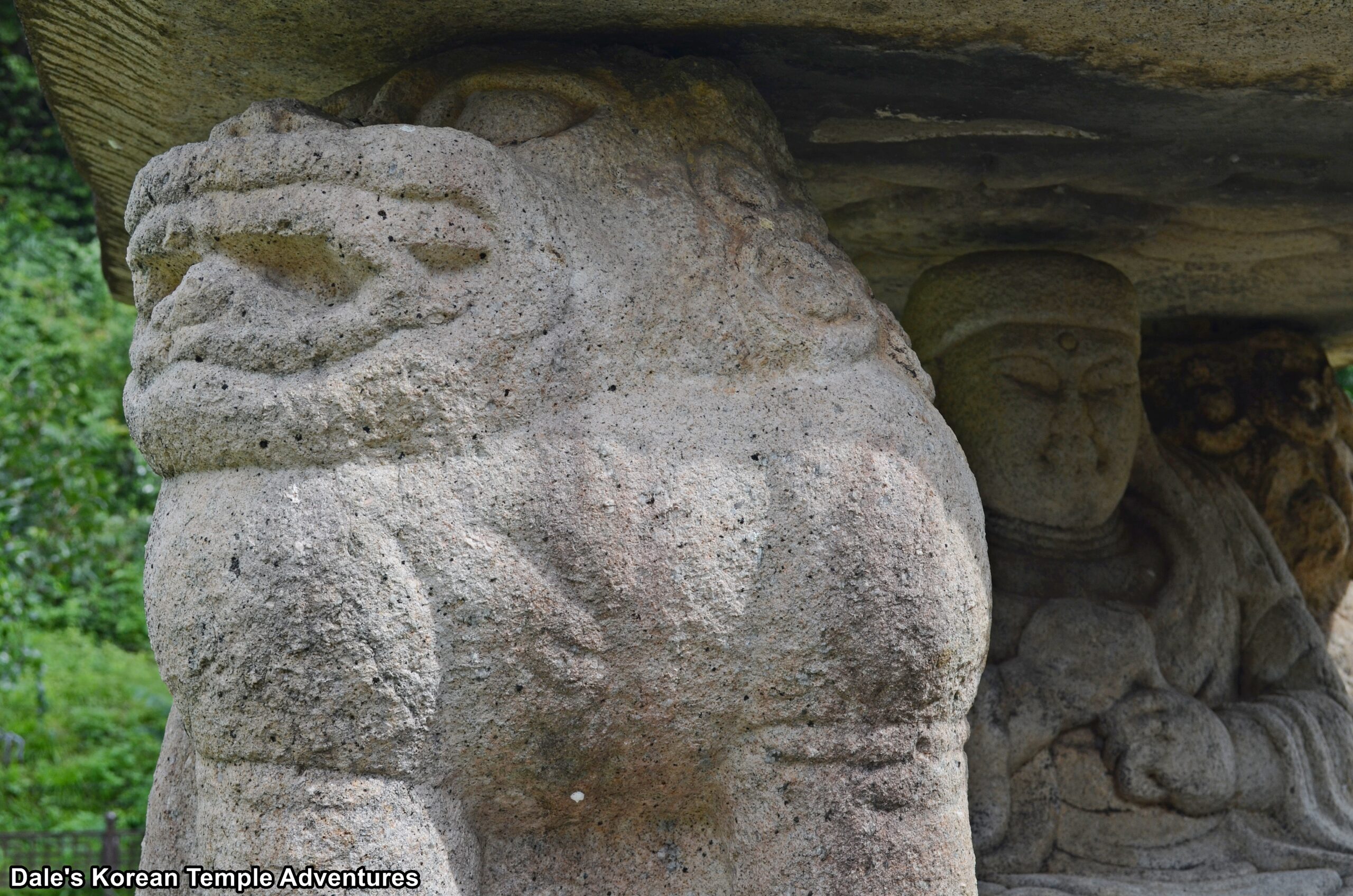

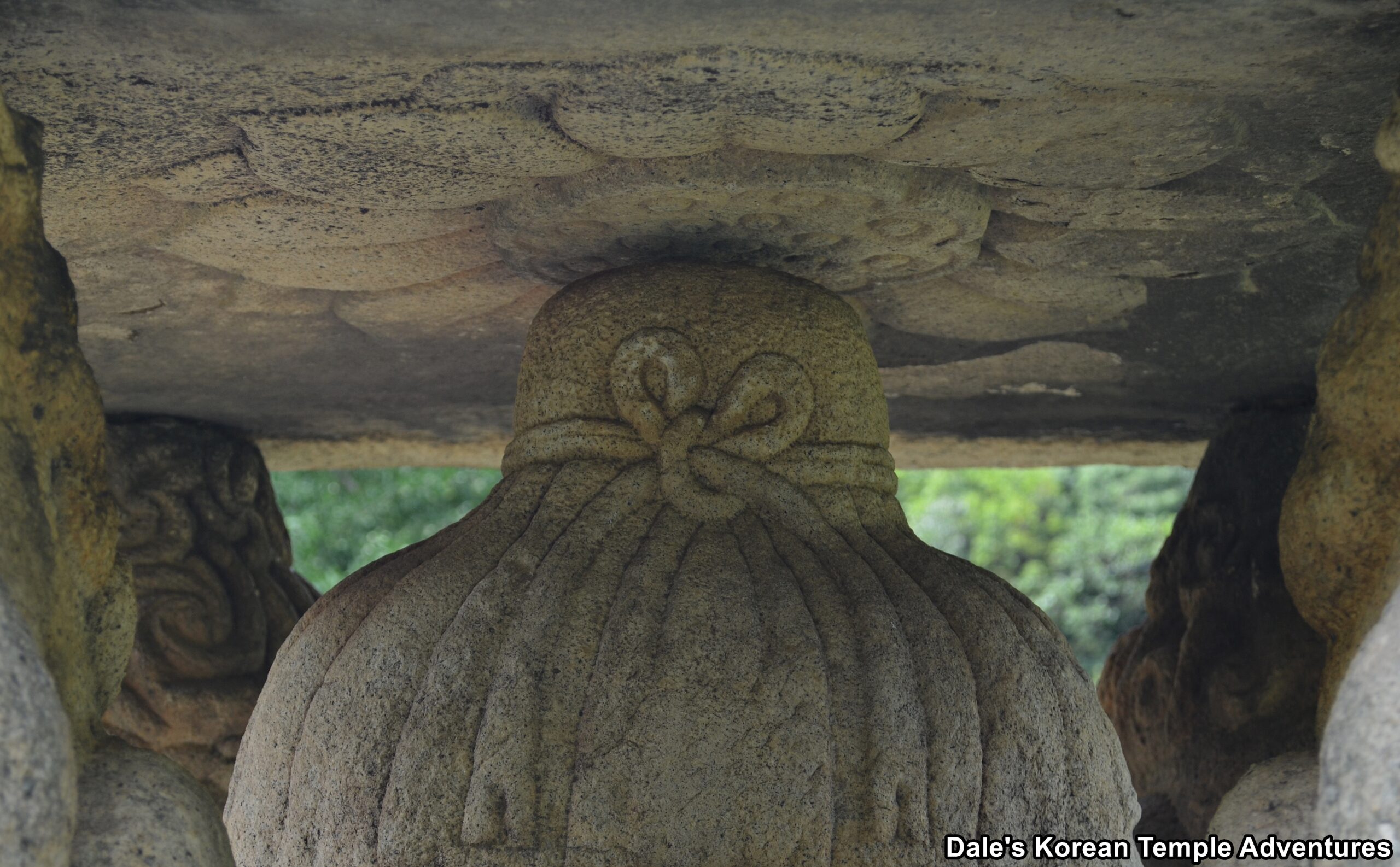
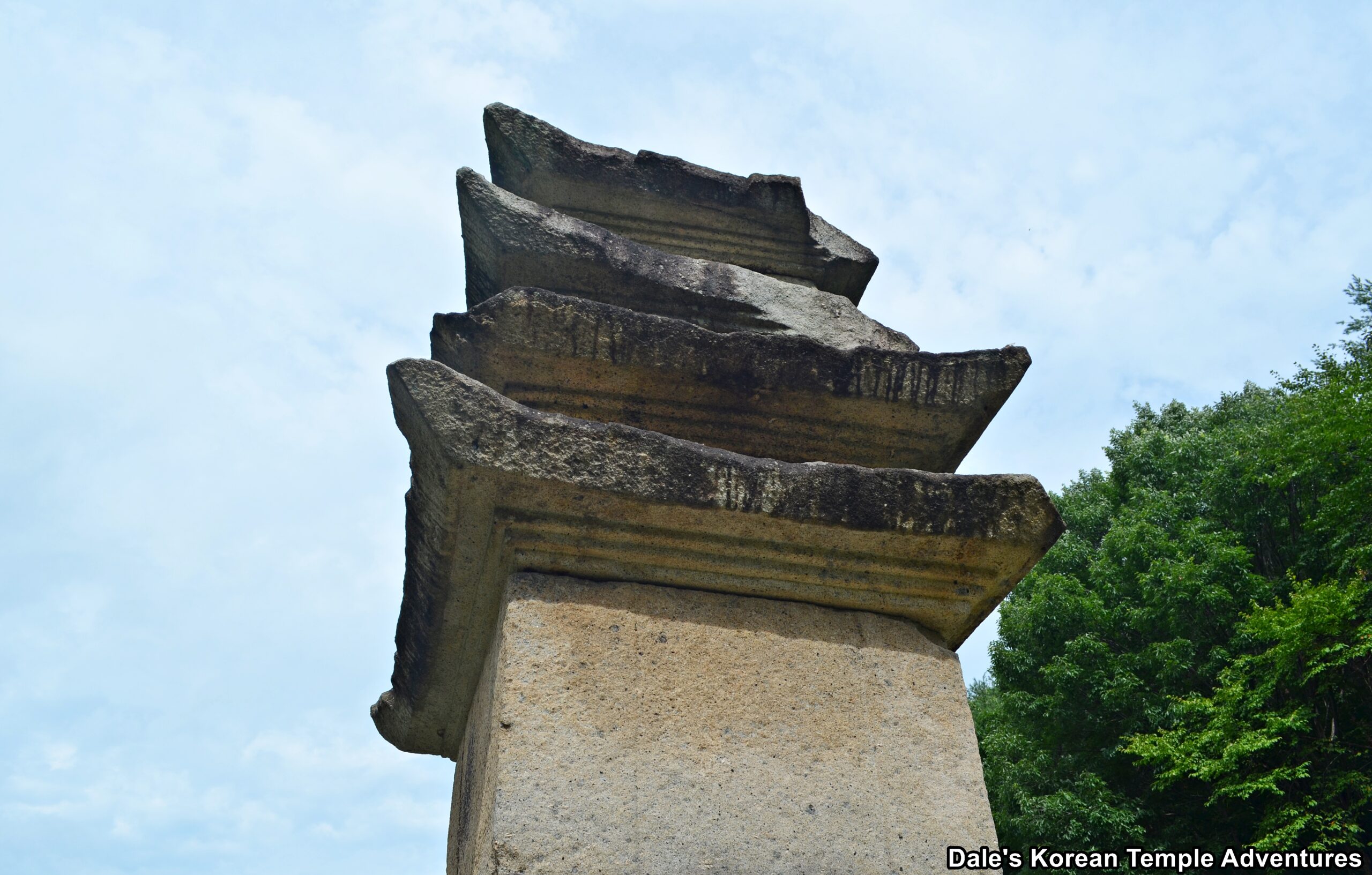
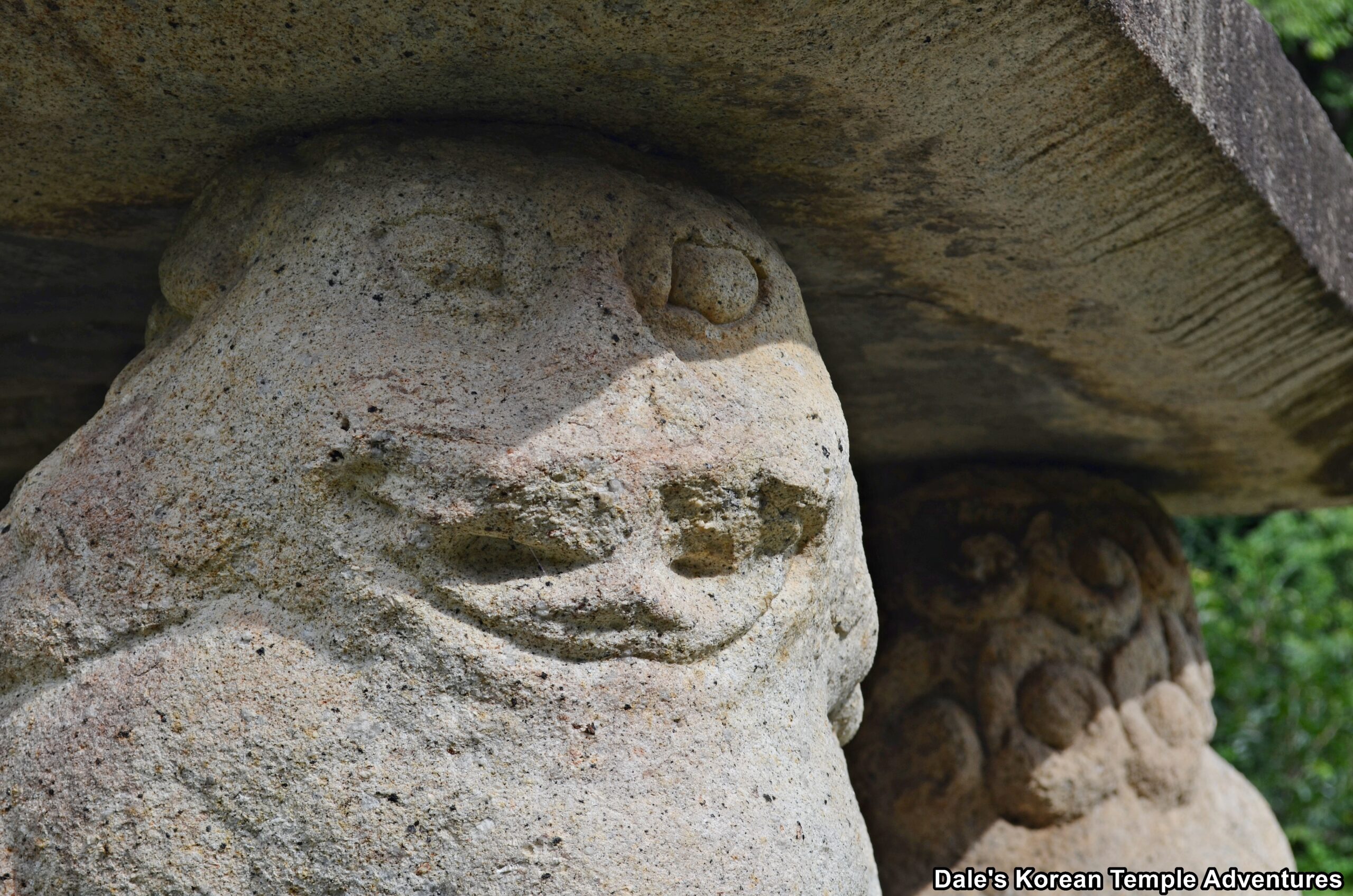


Recent comments